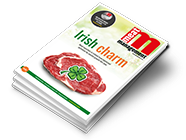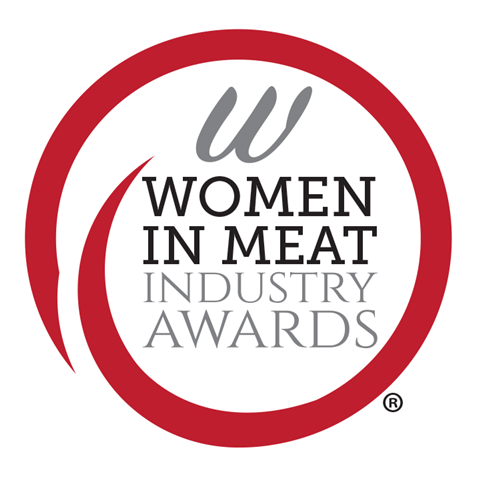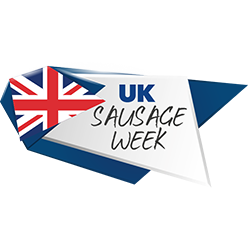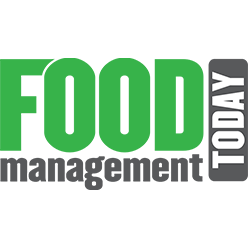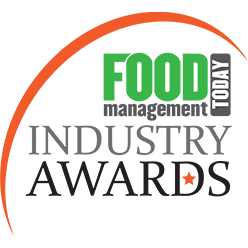Data from the Office for National Statistics (ONS) has shown that meat contributed to a rise in inflation after prices rose more in May 2025 than May 2024.
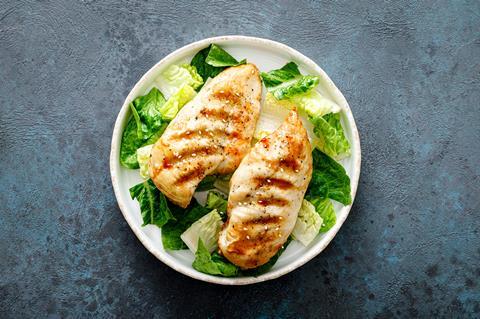
In the 12 months to May 2025, the Consumer Prices Index including owner occupiers’ housing costs (CPIH) rose by 4%, compared with 4.1% in the 12 months to April. On a monthly basis, CPIH rose by 0.2% in May 2025, compared with a rise of 0.4% in May 2024.
The Consumer Prices Index (CPI) rose by 3.4% in the 12 months to May 2025, compared with 3.5% in the 12 months to April.
The largest upward contributions in CPIH and CPI came from food, and within this, there was a small upward effect from meat where, on a monthly basis, prices rose by more in May 2025 than in May 2024.
Food prices reportedly rose by 4.4% in the 12 months to May 2025, up from 3.4% in the 12 months to April. The May 2025 figure was the highest recorded since February 2024, when the rate was 5%. On a monthly basis, food and non-alcoholic beverages prices rose by 0.7% in May 2025, compared with a fall of 0.3% a year ago.
“UK businesses face significantly higher industrial energy costs compared to other nations.”
Dr Liliana Danila, FDF
Dr Liliana Danila, lead economist at the Food and Drink Federation (FDF), commented: “Food and drink inflation shot up in May 2025, reaching 4.4% compared to 3.4% in April. These figures are being driven by rising energy and ingredients costs. Food manufacturing is an energy intensive sector, and wholesale gas prices are 7.8% higher compared to last May, as UK businesses face significantly higher industrial energy costs compared to other nations.
“Meanwhile, the price of ingredients has also surged. For example, in the last two years, the price of cocoa has tripled, while wholesale butter prices are also 55% higher than last year. Recent and upcoming regulations are also bringing additional costs to manufacturers.
“With these price increases being coupled with a drop in consumer confidence and a fall in retail sales, food manufacturers have been absorbing rising costs for several years. Recent geopolitical uncertainty is also likely to result in higher pressure on energy and imports, and so unstable manufacturing costs are likely to persist. As a result, we now expect to reach our forecast of 4.8% food and drink inflation for December sooner than anticipated.”
According to the FDF, seven categories saw inflation in double digits: butter (18.2%), chocolate (17.7%), beef and veal (17.0%), coffee (13.9%), lamb and goat (11.2%), edible offal (10.1%), and cocoa and powdered chocolate (10.1%).
Kris Hamer, director of insight at the British Retail Consortium (BRC), commented: “Headline inflation held at 3.4% as higher bills and new business costs introduced in April continued to filter through into the economy. Worryingly for consumers, the price of the weekly shop rose once again as food inflation continued its upward trajectory, reaching its highest level since February last year.
“However, there were some bright spots. Deflation persisted in the clothing and footwear category and within the food category breakfast items such as eggs, bread and cereals fell in price on the month, offering some relief.
“Since October, retailers have warned that the costs from the Chancellor’s Budget could not be fully absorbed and would inevitably lead to higher prices for shoppers. Food inflation is now above 4% and looks set to increase further later in the year. The Government must now take action to relieve cost pressures retailers are facing. Ensuring no shop pays more under business rates reform would be a meaningful step forward, offering much needed relief to an industry that continues to see prices, job losses and store closures all rising.”
